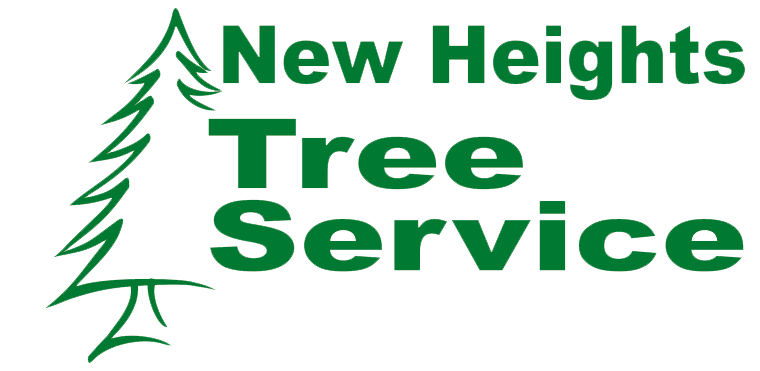Article Fom:
More than 94,000 trees have roots on city-owned land in Phoenix, from the iconic towering palms of Encanto Park to native mesquite and paloverdes that line many street medians and rights-of-way.
While still massive, this urban forest under city stewardship is steadily shrinking.
Almost 1,000 trees are lost every year to the powerful gusts of monsoon storms or accidents. The city used to replace them, but it nearly eliminated funding for tree replacement during the recession.
Some residents and civic groups say the loss of trees in public spaces has become apparent after years of budget cuts. And the city recently agreed to spend more money on trees.
Public demand for tree canopy
Public demand for trees was palpable at the city’s budget hearings this spring, when residents spoke out about the need for shade. Aside from police officers and increased library hours, trees were among the most-repeated spending requests.
Aimee Williamson is among the residents who asked city leaders to pay more attention to trees.
“I think it’s going to become more and more imperative that we think about the tree canopy here,” she said, describing the city’s hotter summers. “When you plant a tree, you’re really building for the future.”
Williamson heads a new non-profit group, Trees Matter, which focuses on growing the Valley’s tree canopy. The group was born out of the Valley Permaculture Alliance, Williamson said, after they realized a lack of awareness about the benefits of trees.
She said trees are a long-term investment for a desert city like Phoenix as temperatures rise and air quality remains a concern — two consequences of urbanization that trees help combat.
City trying to catch up
Those calls for City Hall to reinvest in the city’s urban forest aren’t unnoticed.
Phoenix plans to spend about $492,000 in its next budget to maintain trees and replace those that are damaged beyond repair. The money comes from state funding for road projects and the city’s special sales tax for parks.
City Manager Ed Zuercher said shade and temperature are issues the city must address tobe economically successful over time, so the city remains a place people want to be.
“I’m really concerned about it,” he said. “We have to really be paying attention to this subject long term.”
Zuercher said Phoenix could adopt rules to ensure commercial property owners do their part. One option: Inspect properties to see if they actually have the number of trees outlined in their site plans approved by the city — and that they replace dead ones.
Before that could be considered, Zuercher said, the city should at least start replacing its own trees lost each year. The funding hike in the next budget, which takes effect July 1, is a start.
And the city needs to redouble its efforts if it hopes to meet its goal to grow the city’s shade canopy.
In 2010, the City Council approved a Tree and Shade Master Plan that calls for Phoenix to increase the tree shade canopy to 25 percent by 2030. Currently, the city’s shade canopy is about 12 percent.
Richard Adkins oversees that plan as the city’s forestry supervisor. He said after several bad years, the city is starting to reverse the trend and repair its shade canopy.
Adkins said most of the trees Phoenix lost were in street medians or rights-of-way, areas where traffic makes pruning difficult and the environment is harsher for them. Phoenix was also hit particularly hard in summer 2014, when monsoon storms uprooted countless trees.
“It’s a challenge, but we’re not going to look down on it,” Adkins said of the city’s shade goal. “We’re going to move forward with it.”
Demand in urban areas
Residents in the city’s urban core have been extra vocal about funding for tree planting. The area is undergoing a construction boom and dozens of new apartment buildings have risen, but there are few green spaces to match the growth.
Sean Sweat, president of the Urban Phoenix Project, a downtown advocacy group, said trees and small parks are essential to making dense urban spaces livable, especially in a hot climate.
For starters, Sweat said, the city needs to mitigate the urban heat-island effect. Areas with dense human activity and development often are warmer than surrounding rural areas.
“All the great streets that people tend to think of, they usually have tree canopies,” Sweat said. “It’s really about creating a livable downtown where people can walk, bike, and use transit just as comfortably and conveniently as driving.”
Adkins said a common concern about planting more trees in Phoenix is that they waste water. However, he said, that concern can be negated if desert-friendly varieties are planted and people don’t over-water. Plus, trees help prevent evaporation by providing shade and help store water in the ground.
‘Valley of gardens and trees’
He said Phoenix was once known as the “Valley of gardens and trees.” Postcards and photos from the first half of the 20th century show lush tree-lined streets and canal banks lined with tall cottonwood trees and grasses.
Adkins said the city’s mentality changed around the 1950s. Air-conditioning become common in most households, streets got wider and people stopped caring about trees as much.
Jim McPherson, who lives in midtown, began chronicling the city’s lost trees on Earth Day 2014. He started a Facebook photo album called “A Tree Used to Grow in Phoenix” and posted hundreds of pictures of tree stumps and empty tree wells lining city sidewalks.
McPherson said he’s noticed the city and other groups have started to replace lost trees in recent years. Beyond the environmental benefits, he said, trees help Phoenix create a sense of place.
“If (the city is) just stucco, asphalt and concrete, that’s not living,” McPherson said. “Nature is important.”
